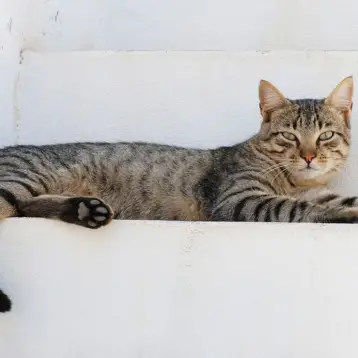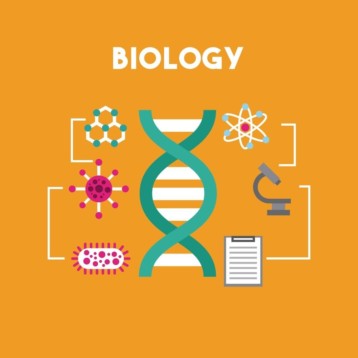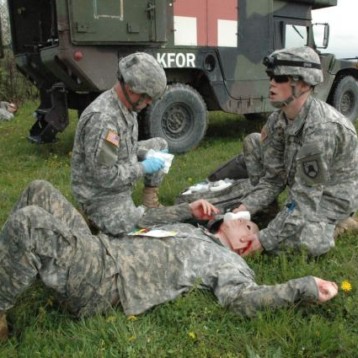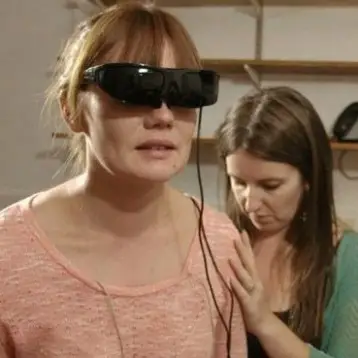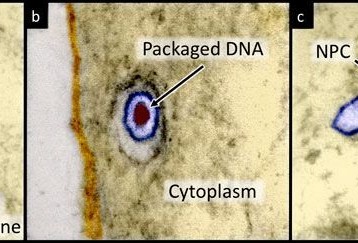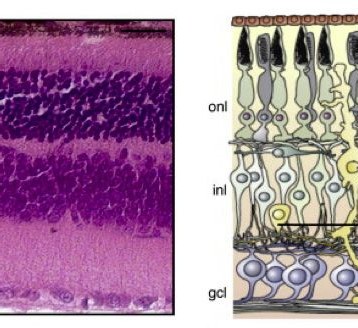The TC&A project began in 1996 and has been conducted in SymbioticA: the Art and Science Collaborative Research Laboratory, School of Anatomy and Human Biology at the University of Western Australia, and in collaboration with Professor Arunasalam Dharmarajan from the School of Anatomy and Human Biology as well as Verigen, a Perth based company.
“As part of the TC&A project we are artistically exploring and provoking notions relating to human conduct with other living systems, or to the Other. This particular project will deconstruct our cultural meaning of clothes as a second skin by materializing it and displaying it as an art object.” Explain Oron Catts and Ionat Zurr.
Covering our bodies began as an act of survival but later became a status symbol. Our garments are also used to define us and constitute an extension of ourselves. Not enough importance thought is given to the moral implications of killing a living being for aesthetic reasons, state the designers who wish to stir a cultural discussion regarding this matter.
The Victimless Leather is grown out of immortalised cell lines which form a living layer of tissue supported by a biodegradable polymer matrix in a form of miniature coat-like shape. It is meant to change the way we view things that we might have taken for granted such as our clothes. Growing a garment can change our perceptions, our relationship with animals and with the products we use. Semi-living products are one possible future that should at least raise a few questions.
TFOT recently covered another entry in the Design and the Elastic Mind exhibition. “Dressing the meat of tomorrow”, was designed by James King who presents a proposed shape, texture, and flavor, for the new laboratory-grown meat that was grown as part of the ‘Disembodied Cuisine’ project. Eliminating the moral and ethical implications of eating meat will allow many vegetarians to eat meat.

